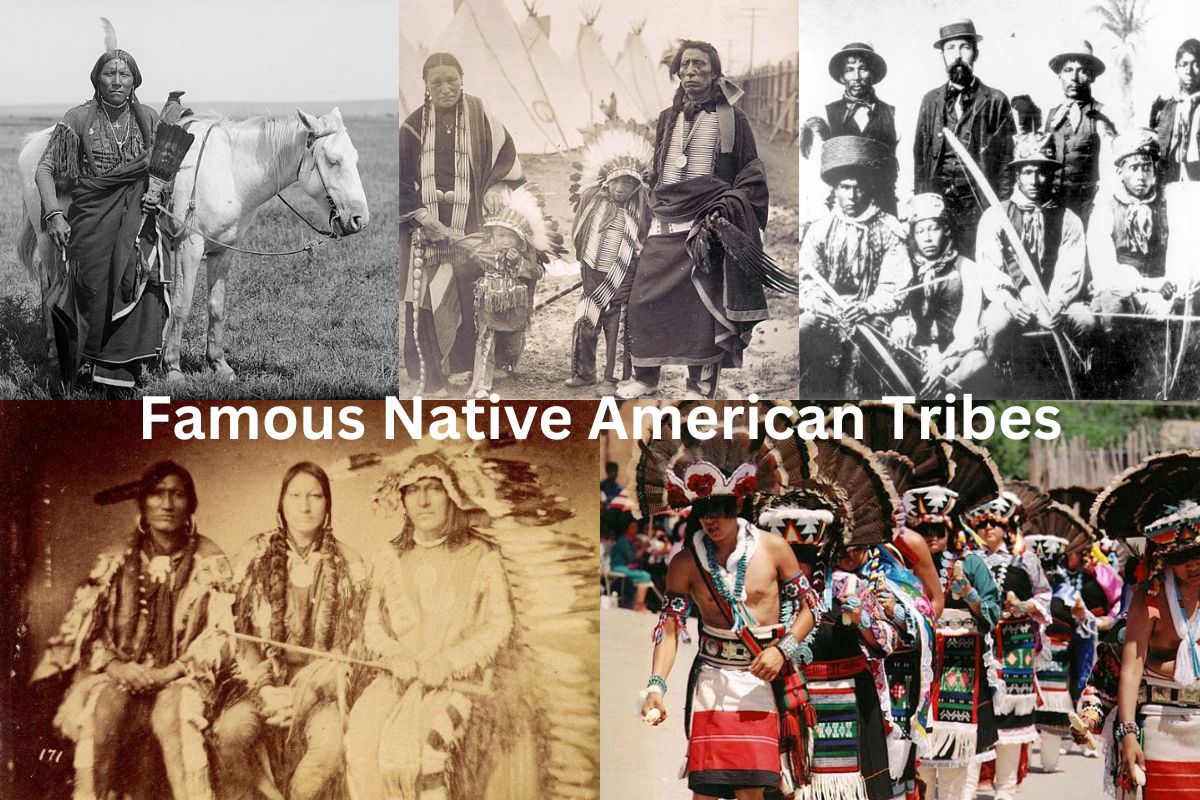Native American tribes are indigenous communities who lived in North and South America long before Europeans arrived. These tribes are diverse, with distinct languages, customs, and history.
Native American tribes lived in a variety of habitats before European arrival, including deserts, woodlands, plains, and coastal places. Depending on the resources available to them, they created various methods of life, such as farming, hunting, fishing, and trading.
The arrival of Europeans in the late 15th century drastically altered the path of Native American history. Many Native Americans were killed by European illnesses such as smallpox, while European territorial ambitions led to relocation, bloodshed, and forced assimilation.
Native American tribes have kept their customs and traditions despite the obstacles they have encountered, and many continue to fight for their rights and sovereignty today.
Famous Native American Tribes
1. Cherokee Nation
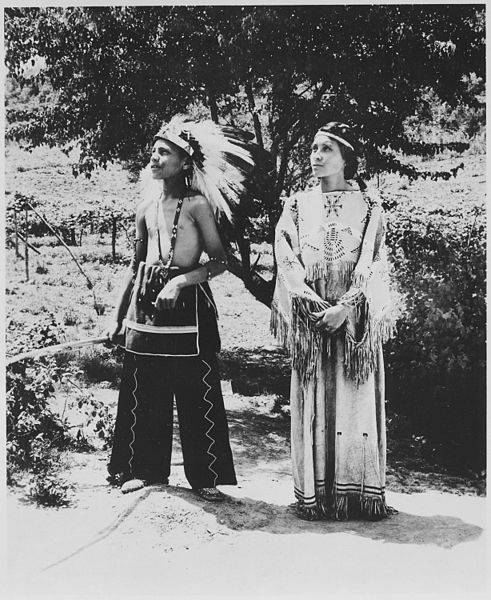
The Cherokee Nation is a Native American tribe from the southeastern United States. Tsalagi, or Cherokee Country, is their ancestral homeland, which includes parts of modern-day Georgia, North Carolina, South Carolina, Tennessee, and Alabama.
Also Read: Famous Native Americans
Cherokees have a rich cultural legacy and have contributed significantly to American society. They had their own language, Cherokee or Tsalagi, which is still spoken by some tribe members.
The Cherokee were skilled farmers, hunters, and traders who established a political system that included a written constitution and a court system.
Also Read: Facts About the Cherokee Tribe
In the 1830s, the Cherokee Nation was forcibly transported from their homeland by a series of treaties and forced marches, notably the infamous Trail of Tears. During this time, many Cherokee people perished, and the tribe was divided into various parts, including the Cherokee Nation of Oklahoma, which is the largest federally recognized Cherokee band today.
The Cherokee Nation of Oklahoma is now a self-governing nation with its own government, constitution, and laws. They have a distinct culture, rituals, and festivals, such as the Cherokee National Holiday and the Cherokee National Museum, which honor the tribe’s history and heritage.
In addition, the Cherokee Nation has made major contributions to modern society, such as advances in medicine, engineering, and technology.
2. Navajo Nation
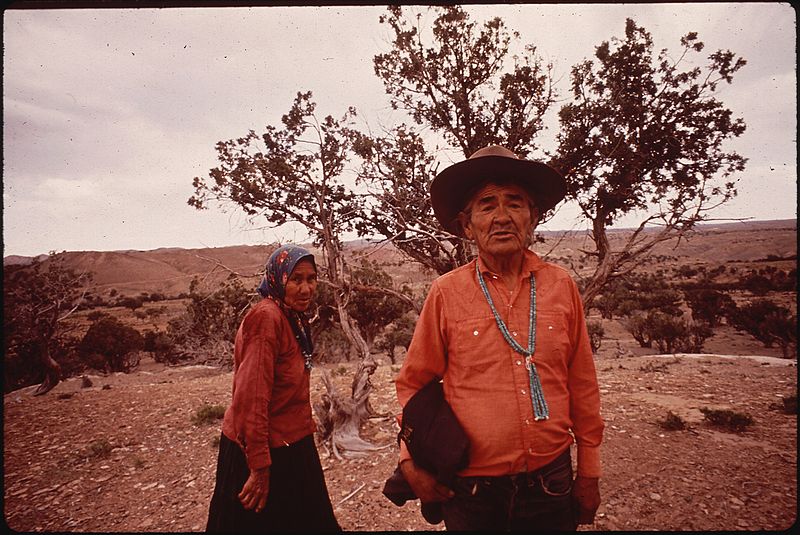
The Navajo Nation is a Native American tribe based in the southwestern United States, encompassing parts of Arizona, New Mexico, and Utah. With approximately 300,000 enrolled members, they are the biggest federally recognized tribe in the United States.
The Navajo have a long history and culture dating back thousands of years. They are well-known for their distinct language, Navajo or Diné Bizaad, which is still spoken by many tribe members. They also have a long history of arts and crafts, such as weaving, jewelry making, and pottery.
During World War II, the Navajo Nation contributed significantly to the war effort by providing code talkers who used their own language to establish an unbreakable code that assisted the Allies in winning the war. The contributions of the code breakers were not widely recognized until decades later.
Also Read: Interesting Facts About Native Americans
The Navajo Nation is now a self-governing nation with its own government, constitution, and laws. Its economy is prospering, including industries such as tourism, agriculture, and mining.
The Navajo Nation is likewise dedicated to the preservation of its culture and traditions, including language and arts, and has established programs and organizations to ensure that these are passed down to future generations.
The Navajo Nation, like many other Native American tribes, faces enormous issues, including poverty, health inequities, and environmental deterioration.
3. Sioux Nation
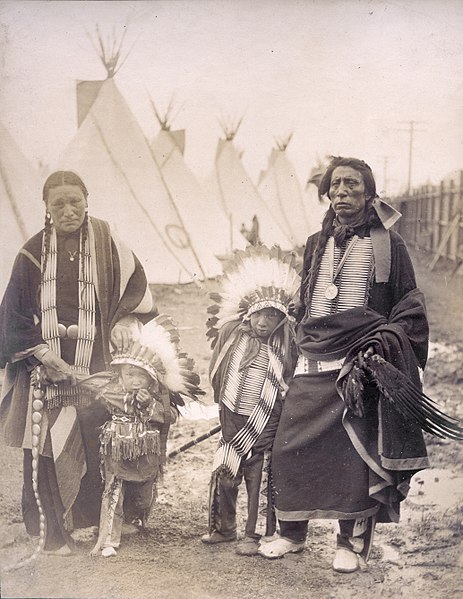
The Sioux Nation is a collection of Native American tribes that once existed in North America’s Great Plains region. The Lakota, Dakota, and Nakota tribes are part of the Sioux Nation and are recognized for their fierce warriors, rich cultural traditions, and profound connection to the earth.
The original mode of life of the Sioux Nation was focused on hunting buffalo and other game animals, as well as gathering natural fruits and vegetables. They lived in tipis, which were temporary structures made of animal skins and wooden poles.
The Sioux Nation was important in American history, particularly during the late nineteenth century, when they battled against the United States government in a series of confrontations known as the Indian Wars. The Battle of Little Bighorn was the most famous of these conflicts, in which a Sioux-led alliance destroyed US Army forces led by General George Custer.
The Sioux Nation is still a vibrant and dynamic society today, with a rich cultural legacy celebrated via activities like powwows and traditional ceremonies. The Sioux Tribe also faces enormous issues, such as poverty, unemployment, and health inequities, and they continue to strive for their sovereign rights and sovereignty.
4. Apache Nation
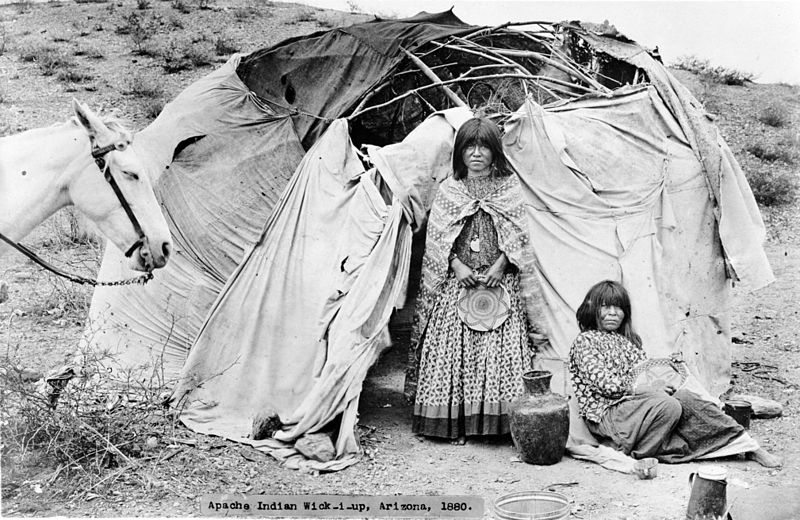
The Apache Indians are a Native American group with a rich culture and history. They resided in the southwestern region of North America, which includes modern-day Arizona, New Mexico, and parts of Texas and Oklahoma.
The Apaches were well-known for their savage opposition against American and Mexican immigration and soldiers, and their warriors became American legends.
The Apache tribe was divided into groups, each with their own set of leaders and traditions. Among the most renowned Apache leaders were Geronimo, Cochise, Victorio, and Mangas Coloradas.
These individuals are remembered for their bravery, strategic leadership, and refusal to surrender their lands and way of life to colonizing forces.
Currently, the Apache people preserve their cultural traditions and rituals while desiring greater recognition and autonomy.
5. Comanche Nation
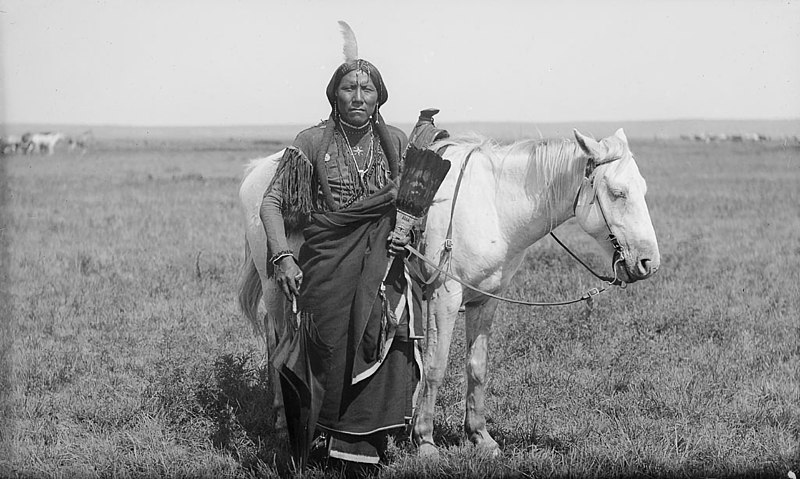
The Comanche Nation is a Native American tribe that once thrived in North America’s Great Plains. The Comanche were expert warriors, horsemen, and buffalo hunters, and their civilization revolved around their deep bond with the land and the buffalo.
The Comanche Nation was important in American history, particularly during the nineteenth century, when they battled against the United States government in a series of confrontations known as the Indian Wars. The Comanche were noted for their tenacity in the face of colonialism and their ability to adapt to changing conditions.
Also Read: Famous Comanche Chiefs
The Comanche Nation is now a federally recognized tribe, complete with its own administration, constitution, and laws. Its economy is prospering, including industries like as gaming, energy, and agriculture.
The Comanche Nation is likewise dedicated to the preservation of its culture and traditions, including language and the arts, and has established programs and organizations to ensure that these are passed down to future generations.
The Comanche Nation, like many other Native American tribes, faces enormous issues, including poverty, health inequities, and environmental deterioration.
6. Hopi Nation
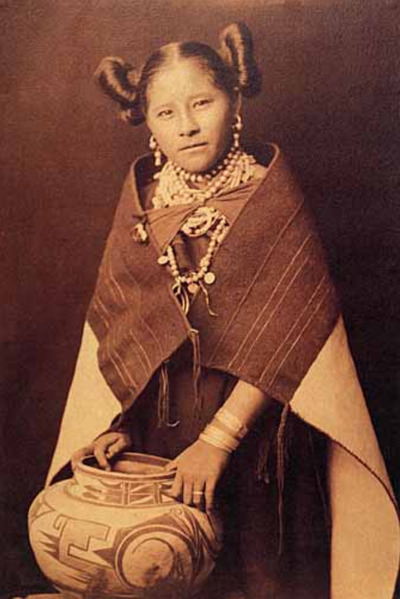
The Hopi Nation is a Native American tribe from Arizona’s northeastern region. The Hopi people have a rich cultural past and have lived in the region for thousands of years, adapting to the difficult desert environment through agricultural, pottery, and weaving knowledge.
The Hopi Tribe is well-known for their religious events, such as the Kachina dances, which are conducted to honor ancestor spirits and bring rain and fertility to the land. The Hopi also have their own language, Hopi, which is still spoken by many tribe members.
The Hopi Nation has long coexisted peacefully with other tribes in the area, including the Navajo and Zuni. Yet, the Hopi Nation, like many other Native American tribes, has encountered obstacles such as forced relocation, land loss, and efforts to integrate their culture and traditions.
The Hopi Nation is now a self-governing nation with its own government, constitution, and laws. They have a vibrant economy that includes agriculture, arts and crafts, and tourism. The Hopi Nation is likewise dedicated to maintaining its culture and customs, and has set up programs and organizations to ensure that they are passed down to future generations.
7. Iroquois Confederacy
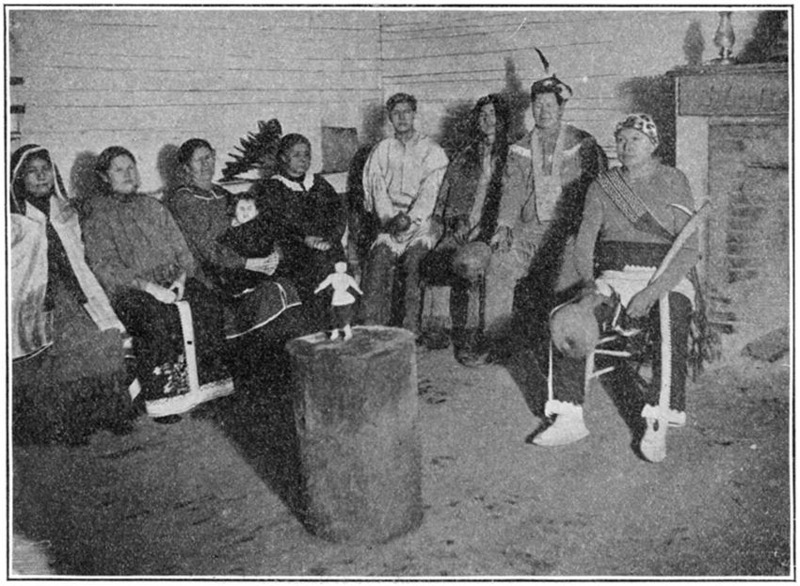
The Iroquois Confederacy, commonly known as the Haudenosaunee, is a historical Native American confederacy made up of six tribes: the Mohawk, Oneida, Onondaga, Cayuga, Seneca, and Tuscarora. In the late 16th century, the Iroquois Confederacy was founded to maintain peace and cooperation among the tribes and to present a united front against common foes.
The Iroquois Confederacy was noted for its comprehensive system of government, which included the Great Law of Peace constitution. The Great Law of Peace developed a framework of checks and balances that shaped American democracy’s growth. In the Iroquois Confederacy, clan membership and inheritance were passed down through the mother’s line.
The Iroquois Confederacy was important in American history, particularly during the colonial period, when it forged alliances with both the French and the British. The Iroquois Confederacy was split during the American Revolution, with some tribes siding with the British and others with the Americans.
The Iroquois Confederacy is still a lively and active group today, with a rich cultural legacy commemorated via activities like powwows and traditional ceremonies. The Iroquois Confederacy faces serious issues as well, including poverty, inequality in health, and environmental degradation, and they continue to strive for their rights and sovereignty as a sovereign nation.
8. Blackfoot Confederacy
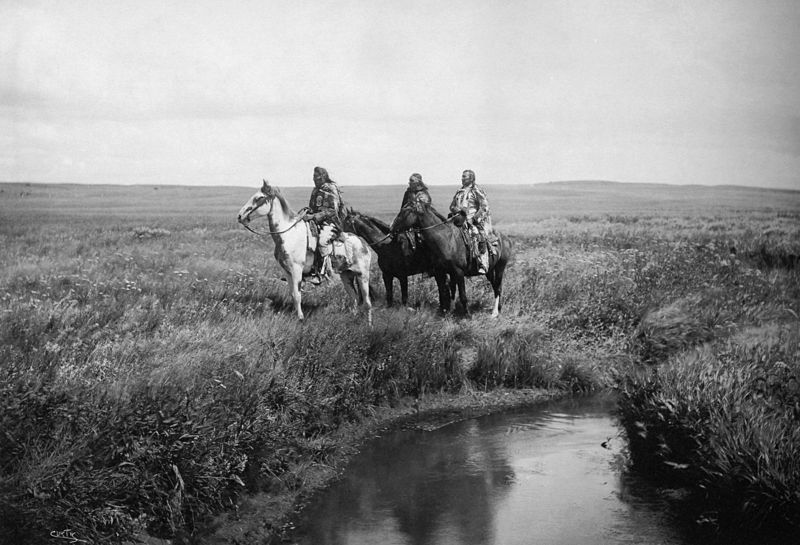
The Blackfoot Confederacy, also known as Niitsitapi, is a historical Native American confederacy made up of four tribes: the Siksika (Blackfoot), Kainai (Blood), Piikani (Peigan), and Northern Blackfoot (Siksikaitsitapi).
The Blackfoot Confederacy originally dwelt on North America’s Great Plains, particularly in what is now Montana, Alberta, and Saskatchewan.
The Blackfoot Confederacy is well-known for its strong connection to the land and culture, which includes buffalo hunting, beadwork, and traditional celebrations.
The Blackfoot were also skilled warriors and riders, and they played an important role in American history, particularly during the late nineteenth century, when they battled against the United States government in a series of confrontations known as the Indian Wars.
The Blackfoot Confederacy is still a lively and active society today, with a rich cultural legacy commemorated via activities like powwows and traditional ceremonies.
The Blackfoot Confederacy faces enormous issues as well, including poverty, inequality in health, and environmental destruction, and they continue to strive for their rights and sovereignty as a sovereign country.
To ensure that their culture and traditions be passed along to future generations, the Blackfoot Confederacy has established programs and institutions.
9. Cheyenne Nation
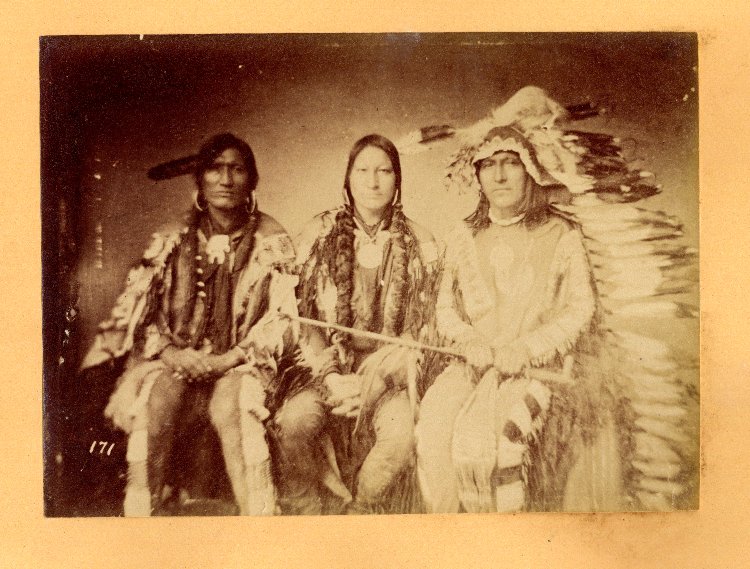
The Cheyenne Nation is a Native American tribe that originated in North America’s Great Plains. The Cheyenne were expert buffalo hunters, riders, and warriors, and their civilization revolved upon their deep bond with the earth and the buffalo.
The Cheyenne Tribe was important in American history, particularly during the nineteenth century, when they battled against the United States government in a series of confrontations known as the Indian Wars. The Cheyenne were noted for their tenacity in the face of colonialism and their ability to adapt to changing conditions.
The Cheyenne Nation is now a federally recognized tribe, complete with its own administration, constitution, and laws. Its economy is prospering, including industries such as gaming, oil, and tourism.
The Cheyenne Nation is likewise dedicated to the preservation of its culture and traditions, including language and the arts, and has established programs and organizations to guarantee that they are passed down to future generations.
Nonetheless, the Cheyenne Nation, like many other Native American tribes, faces serious issues, such as poverty, health inequities, and environmental deterioration.
10. Crow Nation
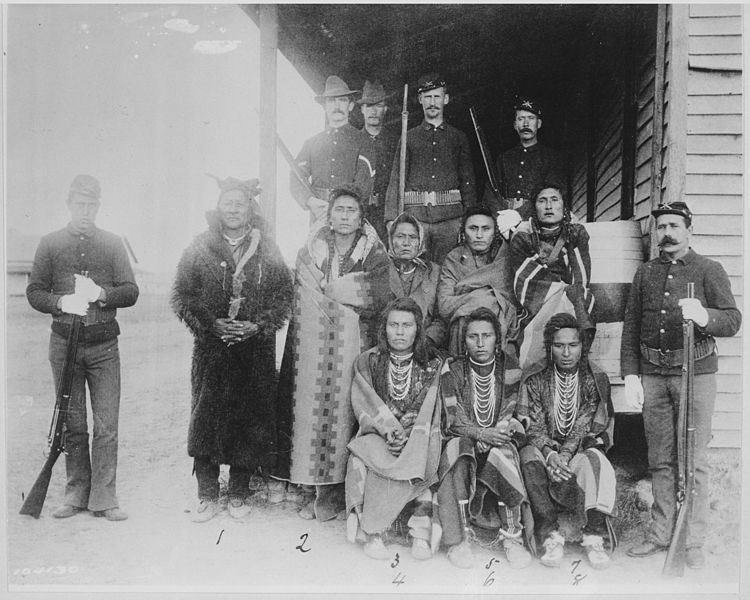
The Crow Nation is a Native American tribe that originally inhabited in what is now Montana and Wyoming’s Yellowstone River Valley and neighboring territories. The Crow were expert buffalo hunters, horsemen, and traders, and their civilization revolved upon their tight bond with the earth and the buffalo.
The Crow Nation was important in American history, particularly during the nineteenth century, when they battled against the United States government in a series of confrontations known as the Indian Wars. The Crow were well-known for their relationship with the United States government and their job as scouts for the United States Army.
The Crow Nation is now a federally recognized tribe with its own administration, constitution, and set of laws. Its economy is prospering, including industries such as energy, agriculture, and tourism.
The Crow Nation is also dedicated to the preservation of its culture and traditions, including language and the arts, and has established programs and organizations to ensure that these are passed down to future generations.
The Crow Nation, like many other Native American tribes, faces enormous issues, such as poverty, health inequities, and environmental deterioration.
11. Seminole Nation
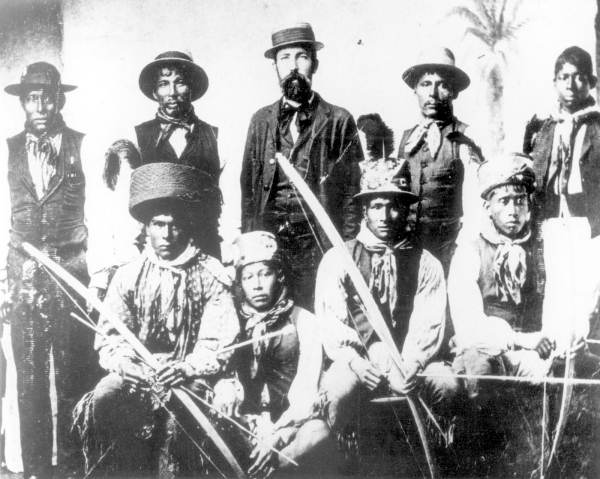
The Seminole Nation is an American Indian tribe from the southeastern United States. The Seminoles were initially members of the Creek Confederacy, but they later developed their own culture and traditions.
The Seminole Nation was important in American history, particularly during the nineteenth century, when they fought against the United States government in a series of confrontations known as the Seminole Wars.
Also Read: Facts About the Seminole Tribe
The Seminole were noted for their tenacity in the face of colonization and their ability to adapt to changing conditions.
The Seminole Nation is now a federally recognized tribe, complete with its own administration, constitution, and laws. Its economy is prospering, including industries such as gaming, agriculture, and tourism.
The Seminole Nation is likewise dedicated to the preservation of its culture and traditions, including language and the arts, and has established programs and organizations to ensure that they are passed down to future generations.
The Seminole Tribe has a diverse cultural legacy that includes distinctive music and dance styles such as stomp dance and the green corn ritual. They also have a significant tradition of oral history and storytelling, which they employ to pass down their customs and beliefs.
The Seminole Nation, like many other Native American tribes, faces enormous issues, including poverty, health inequities, and environmental deterioration.
12. Choctaw Nation
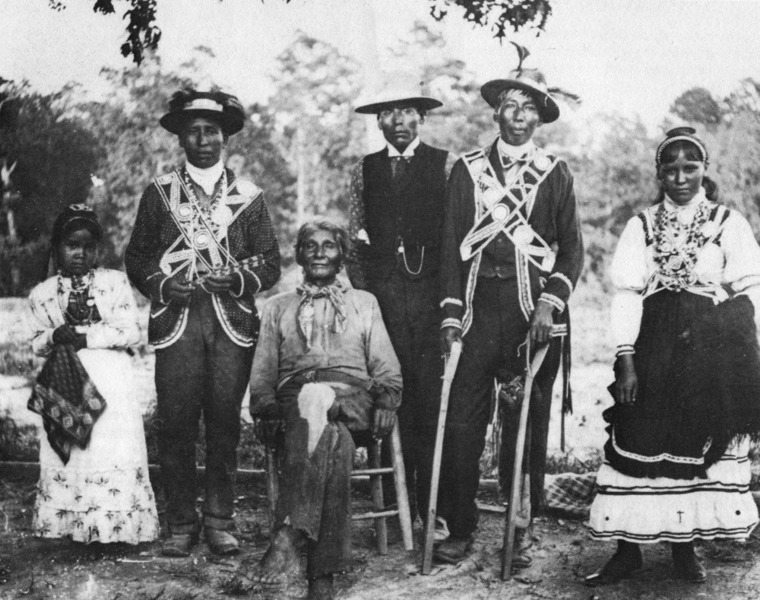
The Choctaw Nation is a Native American tribe from the southeastern United States. The Choctaw were expert farmers, hunters, and traders, and their civilization revolved upon their tight bond with the soil.
The Choctaw Nation was important in American history, particularly during the nineteenth century, when they were forced to relocate to Indian Territory (now Oklahoma) as part of the Trail of Tears. Despite the difficulties they encountered, the Choctaw were able to adapt to their new surroundings and develop a vibrant community in Indian Territory.
The Choctaw Nation is now a federally recognized tribe, complete with its own administration, constitution, and laws. Its economy is broad, with industries like as gaming, manufacturing, and healthcare.
The Choctaw Nation is likewise dedicated to the preservation of its culture and traditions, including language and the arts, and has established programs and organizations to guarantee that these are passed down to future generations.
The Choctaw Nation has a diverse cultural legacy that includes distinctive music and dance traditions such as the Choctaw stomp dance and the powwow. They also have a significant tradition of oral history and storytelling, which they employ to pass down their customs and beliefs.
The Choctaw Nation, like many other Native American tribes, faces enormous issues, including poverty, health inequities, and environmental deterioration.
13. Creek Nation
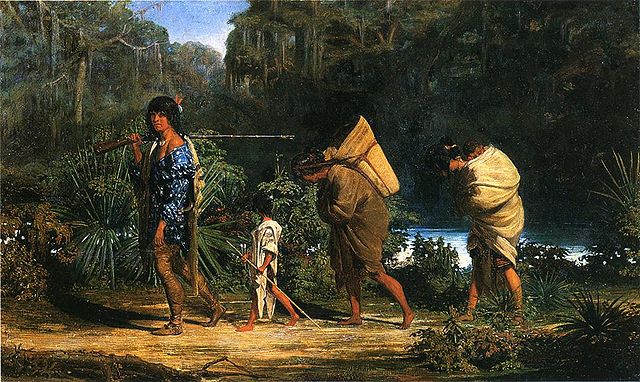
The Creek Nation, commonly known as the Muscogee Creek Nation, is a Native American tribe from the southeastern United States. The Creek were expert farmers, hunters, and traders, and their civilization revolved upon their deep contact with the land and natural environment.
The Creek Nation was important in American history, particularly during the nineteenth century, when they were forcibly taken from their homeland and transferred to Indian Territory (now Oklahoma) as part of the Trail of Tears. Notwithstanding the difficulties they encountered, the Creeks were able to adapt to their new surroundings and develop a successful society in Indian Territory.
The Creek Nation is now a federally recognized tribe with its own administration, constitution, and set of laws. Its economy is broad, with industries like as gaming, manufacturing, and healthcare.
The Creek Nation is likewise dedicated to the preservation of its culture and traditions, including language and the arts, and has established programs and organizations to guarantee that these are passed down to future generations.
The Creek Nation has a diverse cultural legacy that includes distinctive music and dance traditions such as the Creek stomp dance and the powwow. They also have a significant tradition of oral history and storytelling, which they employ to pass down their customs and beliefs.
The Creek Nation, like many other Native American tribes, faces enormous issues, including poverty, health inequities, and environmental deterioration.
14. Pueblo Nation
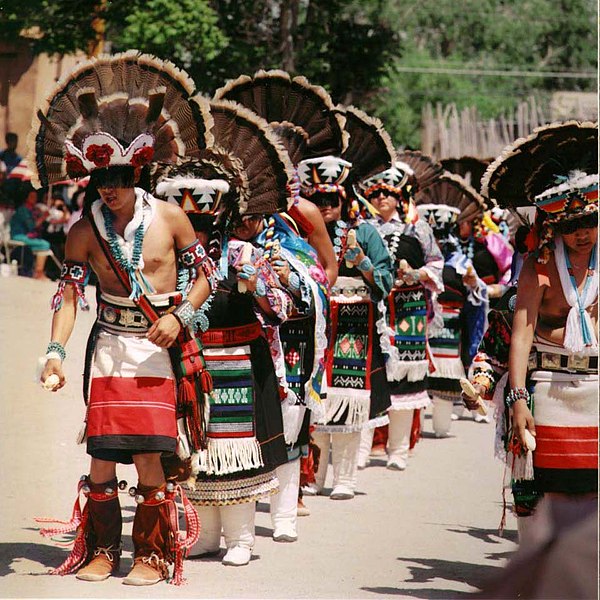
The Pueblo Nation is a collection of Native American tribes that live largely in New Mexico and Arizona in the southwestern United States. Pueblos are noted for their distinctive adobe dwellings and rich cultural traditions.
The Hopi, Zuni, and Acoma are among the tribes that make up the Pueblo Nation. Each tribe has its own language, culture, and traditions.
The Pueblo Nation was important in American history, particularly during the colonial period when they engaged with Spanish explorers and missionaries. The Pueblo people were able to adjust to changing conditions while maintaining their culture and customs.
The Pueblo Nation is still a lively and dynamic community today, with a rich cultural legacy celebrated via activities like powwows and traditional ceremonies.
Poverty, health inequities, and environmental degradation are among the many issues that the Pueblo Nation faces, and they continue to strive for their rights and sovereignty as a sovereign nation.
They have, however, created programs and institutions to ensure that their culture and customs are passed along to future generations.
15. Shawnee Nation
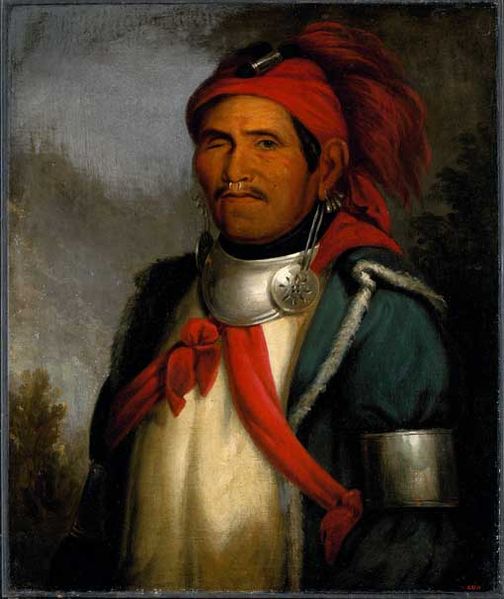
The Shawnee Nation is a Native American tribe from the eastern United States, predominantly in what is now Ohio, Kentucky, and Indiana. The Shawnee were great hunters, fishermen, and farmers, and their civilization revolved upon their deep affinity with the land and natural world.
The Shawnee Nation was important in American history, particularly during the colonial period when they engaged with European explorers and immigrants. During the nineteenth century, they were also involved in wars with other Native American tribes and the United States government.
The Shawnee Nation is now a federally recognized tribe, complete with its own administration, constitution, and laws. Its economy is broad, with industries like as casinos, agriculture, and tourism.
The Shawnee Nation is likewise dedicated to the preservation of its culture and traditions, including language and the arts, and has established programs and organizations to guarantee that these are passed down to future generations.
The Shawnee Nation has a rich cultural tradition that includes distinctive music and dance forms like the Green Corn Ceremony and the Powwow. They also have a significant tradition of oral history and storytelling, which they employ to pass down their customs and beliefs.
The Shawnee Nation, like many other Native American tribes, faces enormous issues, including poverty, health inequities, and environmental deterioration.
